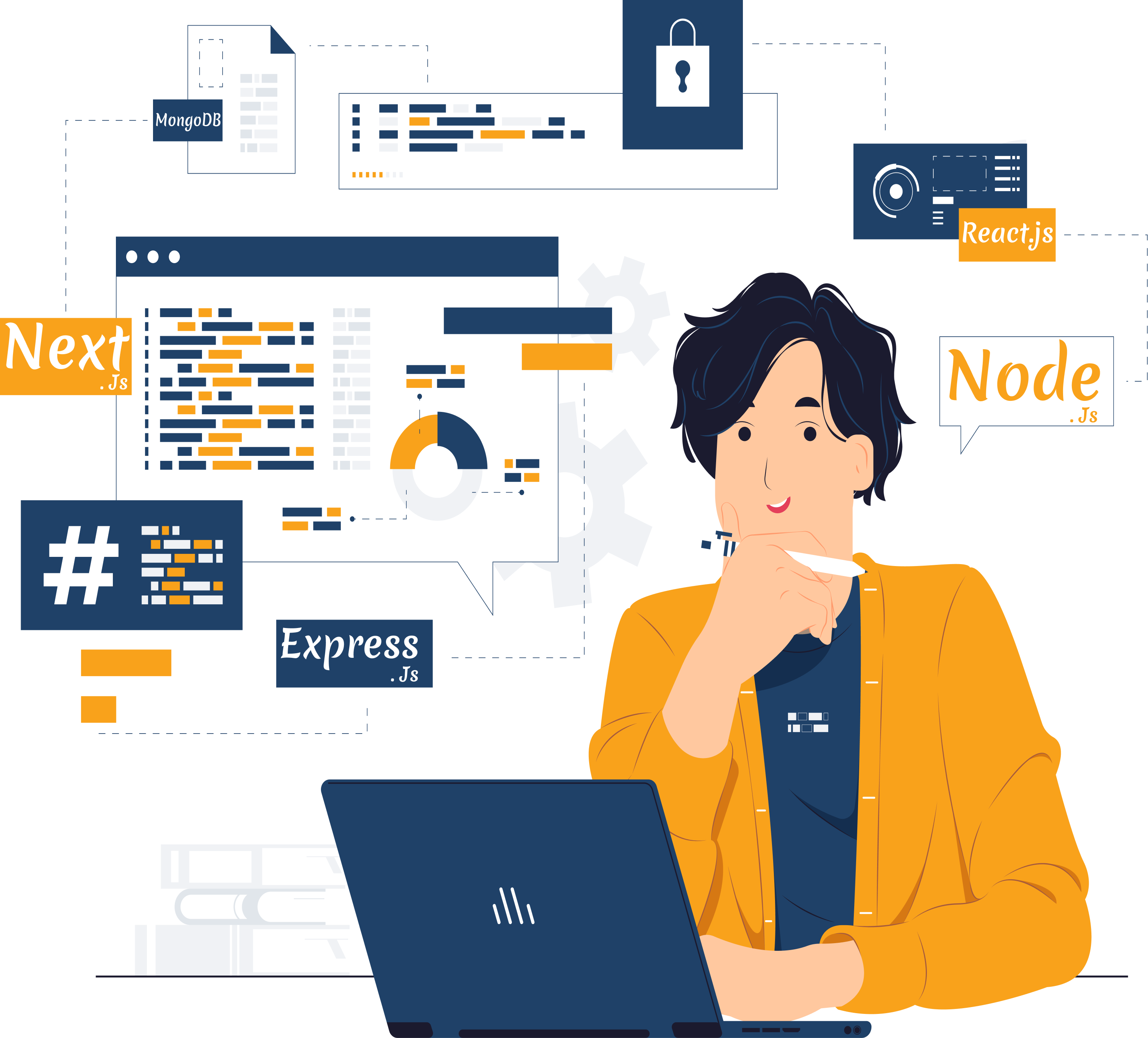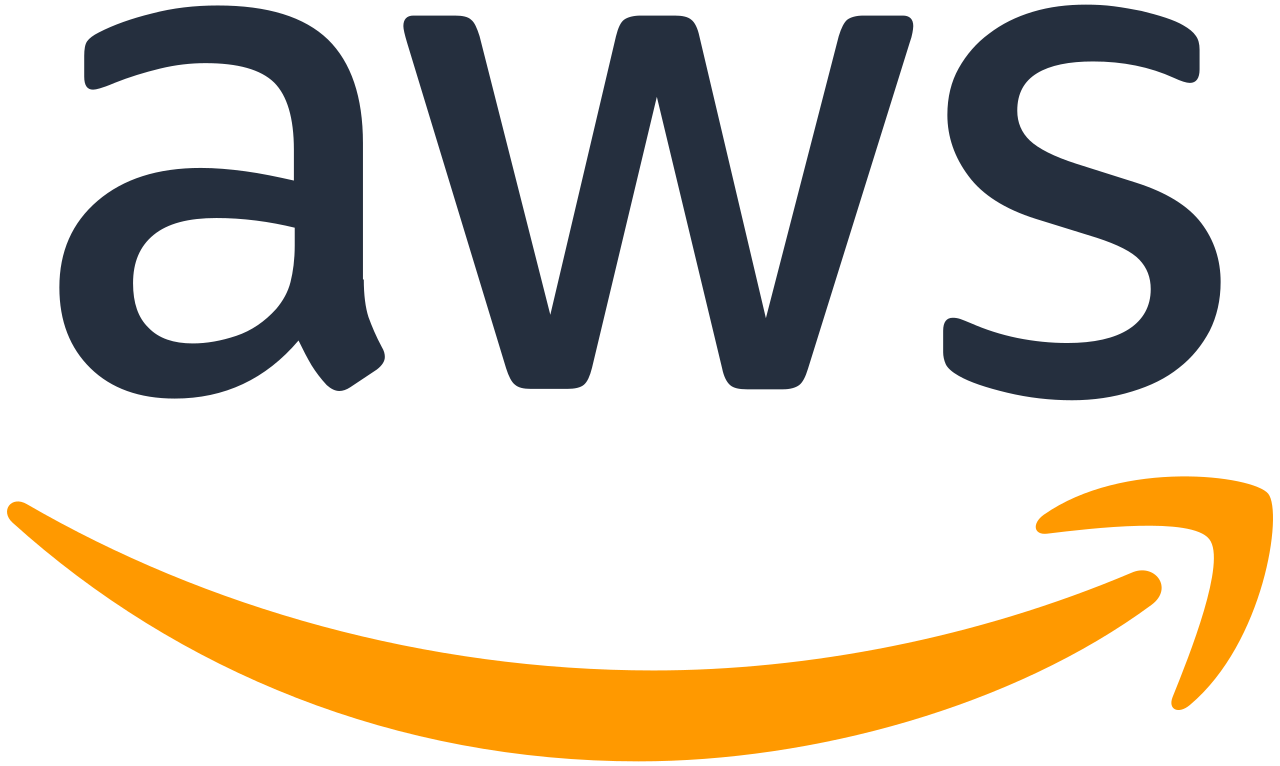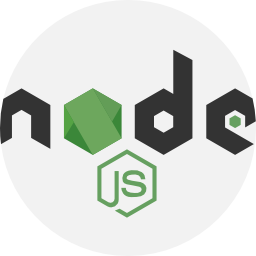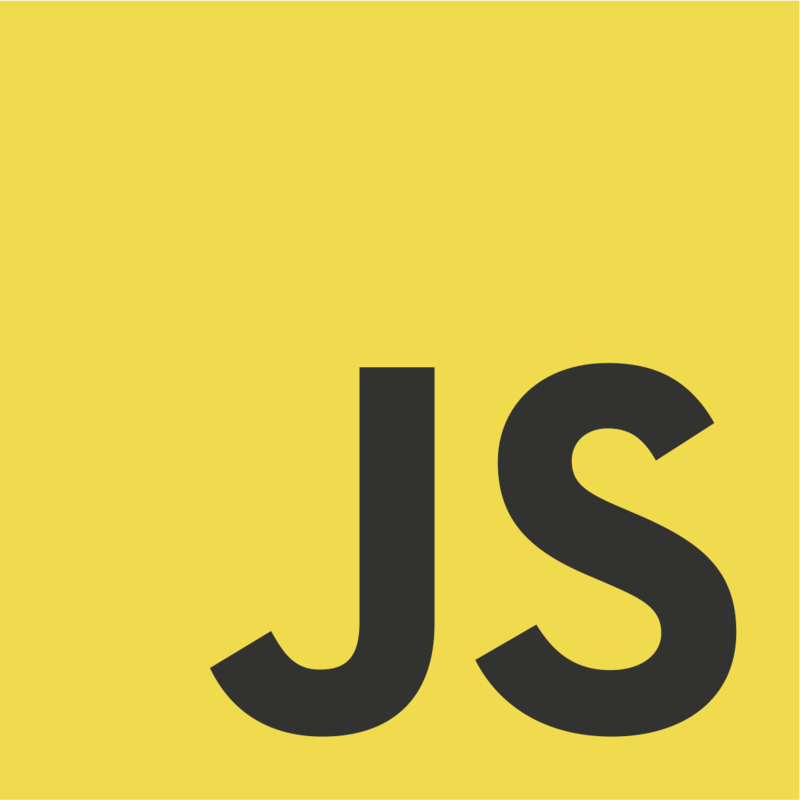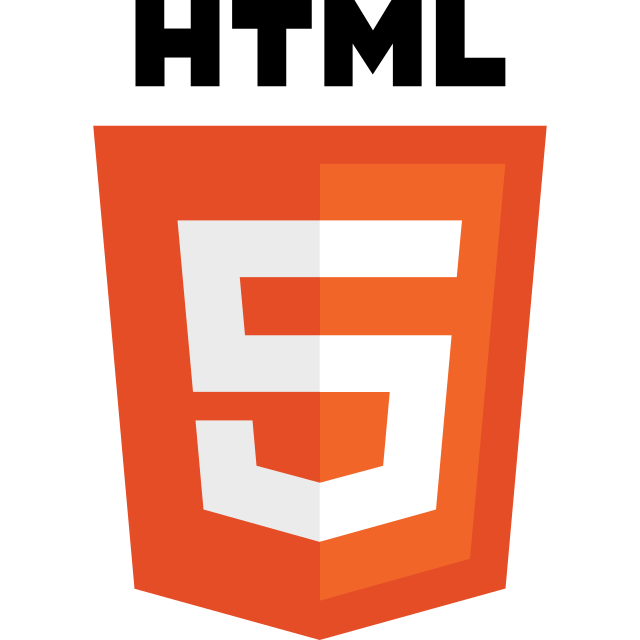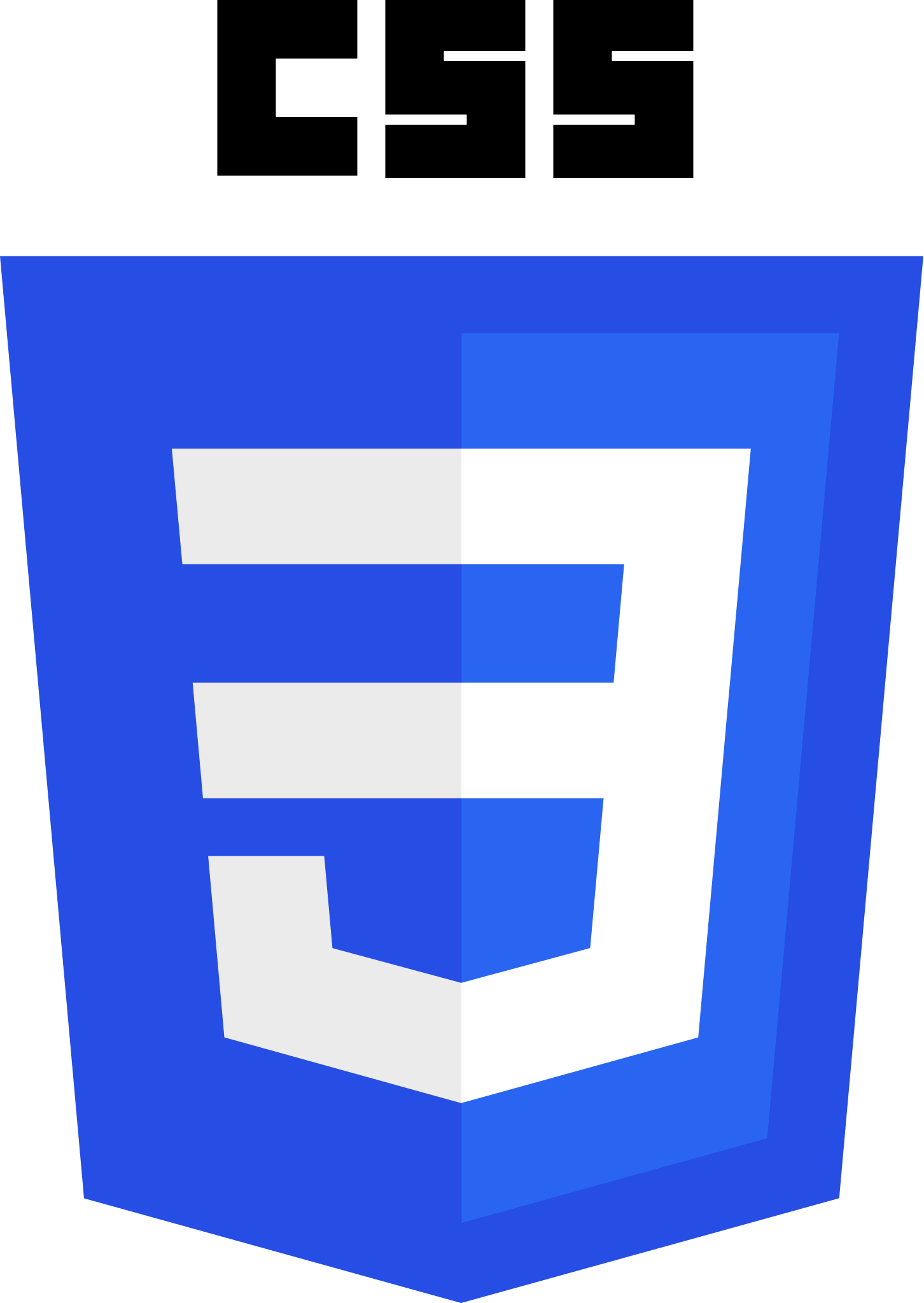We are Offerings
Discover an Array of Engaging and Supportive Features Designed to Enhance Your Learning Journey.Job Assistance
Assignments
Doubt Sessions
Carrer Guidance
Real Time Projects
Mock Interviews
Experience the power of full-stack development with the highly popular MERN stack .
MERN, an acronym for MongoDB, Express.js, React.js, and Node.js , enables you to create exceptional web applications.
This course goes beyond the basics, covering advanced topics such as file upload, authentication, authorization, and diverse deployment methods.
Upcoming Batches
What you'll learn
This curriculum designed by Industry expert for you to become a next industry expert. Here you will not only learn, you will implement your learnings in real time projects.
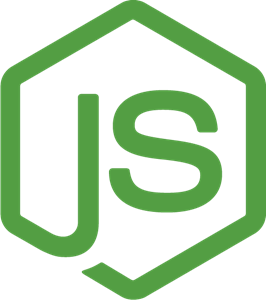 Introduction: Getting Started with the MERN Stack
1 Day
Introduction: Getting Started with the MERN Stack
1 Day

In this section will start with the basic undestanding of MERN.
What is the MERN Stack?
Discover the power of MERN and how it empowers you to create full stack web applications that are fast, scalable, and visually appealing.
Advantages of the MERN Stack
Explore the benefits of using MERN, from its flexibility to its extensive developer community, and understand why it's a sought-after technology stack.
Setting up Your Development Environment
Get your hands dirty by setting up your development environment, installing the necessary tools, and preparing for an exciting coding journey.
Installing Node.js and NPM
Setting up a MongoDB database
Creating a basic Express.js project structure.
 Back-End Development with Node.js and Express.js
1.5 Months
Back-End Development with Node.js and Express.js
1.5 Months

Unlock the potential of server-side development with Node.js and Express.js.
Introduction to Node.js
Enter the world of server-side JavaScript and unlock the potential of building high-performance web servers and APIs with ease.
Basics of JavaScript : variables | DataTypes | Array & methods | Objects | Functions | Asynchronous Programming | Promises | Async & Await and many more.
Understanding the Document Object Model (DOM)
Handling events and event listeners
Working with forms and form validation
Introduction to asynchronous programming
Making AJAX requests with JavaScript (XMLHttpRequest, Fetch API)
Promises and async/await for asynchronous operations.
Event-driven, non-blocking I/O model
Introduction to Express.js
Discover the joy of building robust and efficient web applications using the minimalist and powerful Express.js framework.
Building web applications and APIs
Handling routes and middleware
Creating a RESTful API
Learn the art of designing and implementing a RESTful API.
Understanding REST principles and it's HTTP Methods
Creating basic Controllers and routers.
Implementing CRUD operations with Express.js
Data Persistence with MongoDB and Advanced Express.js Techniques
Level up your Express.js skills with advanced techniques such as authentication, error handling, and testing, ensuring your applications are rock solid.
Introduction to NoSQL databases
Working with MongoDB and Mongoose.
Adding middleware for authentication and validation
Error handling and logging
Testing and debugging Express.js applications
 Initiating Your Frontend journey: HTML CSS and JS Fundamentals
1 Month
Initiating Your Frontend journey: HTML CSS and JS Fundamentals
1 Month

Welcome to the world of frontend development! Join us on an exciting journey through React.js, powerful frameworks that transform web app development.
But first, let's establish a solid foundation with HTML, CSS, and JavaScript. Let's get started!
HTML - The Structure of the Web
Discover the core language that gives structure to web content and lays the foundation for all web development.
Structure and syntax of HTML
HTML tags, elements, and attributes
Creating headings, paragraphs, lists and adding links and images.
Using HTML5 semantic elements (header, nav, section, article, footer)
CSS - Adding Style and Beauty
Enhance the visual appeal of your web pages using CSS, the language that brings life and style to HTML elements.
CSS syntax and selectors
Styling text, colors, backgrounds, and borders
Working with margins, padding, and box model
CSS Flexbox and CSS Grid for layout creation
Creating responsive layouts with media queries
Introduction to CSS preprocessors (e.g., Sass, Less)
JavaScript - The Dynamic Force
Unleash the power of JavaScript, the programming language that enables interactivity and dynamism in web development.
Basic Javascript: Variables | Data Types | Operators | Controls | Functions
Understanding the Document Object Model (DOM)
Handling events and event listeners
Working with forms and form validation
Introduction to asynchronous programming
Making AJAX requests with JavaScript (XMLHttpRequest, Fetch API)
Promises and async/await for asynchronous operations.
You have gained a solid foundation in JavaScript, as well as HTML and CSS.
 Installation and Setup For React JS and Next JS
2 Days
Installation and Setup For React JS and Next JS
2 Days

Before diving into React.js and Next.js, let's set up our development environment.
Create a New React.js Project:
Use the Create React App Command to set up a new React.js project.
Initialize a Next.js Project:
Use the Next.js CLI to initialize a new Next.js project.
Follow the prompts to configure your project settings.
Folder Structure:
Understand the recommended folder structure for React.js and Next.js projects.
Organize your files and directories accordingly.
Development Server:
Start the development server to see your React.js or Next.js application in action.
Learn how to access your application in the browser and make changes in real-time.
 Mastering React.js: Building Dynamic User Interfaces
1.5 Months
Mastering React.js: Building Dynamic User Interfaces
1.5 Months

Welcome to the section on React.js, where we dive into the world of building dynamic and interactive user interfaces using this powerful JavaScript library.
Get ready to harness the full potential of React.js and create seamless and engaging web applications.
React Fundamentals
Learn the fundamental concepts of React.js and start building your first React components.
What is React.js and its Significance?
Advantages of React.js in Modern Web Development
JSX: The Power of Declarative Syntax
Components: Building Blocks of React Applications
Props and State: Managing Data and UI in React
Handling Events in React
React Component Lifecycle and Hooks
Understand the lifecycle of React components and leverage lifecycle methods for optimized application behavior.
Understanding the Component Lifecycle
Mounting, Updating, and Unmounting Phases
Lifecycle Methods: Hooks into Component Behavior
Hooks Types and Context API
Discover the power of React Hooks and Context API for managing state and sharing data in functional components.
Introduction to React Hooks
useState: Managing State in Functional Components
useEffect: Performing Side Effects in React
useContext: Simplifying Context Usage.
React Router and Navigation
Explore React Router for declarative navigation and dynamic routing in your React applications.
Introduction to React Router
Configuring Routes and Navigation
Dynamic Routing and URL Parameters
Nested Routes and Layouts
Global State Management with Redux
Master the art of state management in complex React applications using Redux.
Introduction to State Management
Principles of Redux
Setting Up Redux in React Applications
Actions, Reducers, and the Store
Connecting Redux to React Components
Building Reusable UI Components and Optimizing Performance in React
Explore techniques and best practices for optimizing the performance of your React applications.
Create Resuable componets
Memoization and React.memo
useCallback and useMemo Hooks
Code Splitting and Lazy Loading
Testing React Applications
Discover different approaches to testing React applications and ensure their reliability and stability.
Introduction to Testing in React
Unit Testing with Jest and Enzyme
Integration Testing with React Testing Library
Snapshot Testing and Mocking Dependencies
Now, you're well-equipped to create stunning and interactive web experiences using React.js.
 Next.js - Taking Web Development to the Next Level
1 Month
Next.js - Taking Web Development to the Next Level
1 Month

Next.js is a powerful framework that simplifies server-side rendering and adds advanced features to React applications.
Server-Side Rendering with Next.js
Achieve faster initial page loads and improved SEO by implementing server-side rendering in Next.js.
Understand the benefits of server-side rendering (SSR) and its impact on performance and SEO.
Learn how to set up and configure server-side rendering in Next.js.
Explore the getServerSideProps function for fetching data on the server-side.
Implement server-side rendering to provide faster initial page loads and improved SEO.
Dynamic Routing and Data Fetching:
Create personalized and dynamic web pages by implementing dynamic routing and fetching data in Next.js.
Implement dynamic routing in Next.js
Use Next.js dynamic routes to handle dynamic parameters in the URL.
Fetch data from APIs or external sources using Next.js data fetching methods.
Create dynamic pages that display content based on user input or fetched data.
You have gained a solid understanding of React.js and Next.js, two powerful tools for building modern web applications.
Now, go forth and bring your ideas to life using React.js and Next.js.
 Bringing it All Together: Full Stack Development
1 Month
Bringing it All Together: Full Stack Development
1 Month

Connect the front-end and back-end to create fully functional web applications.
Integrating the Front-End and Back-End
Learn how to connect the front-end and back-end components of your application, enabling seamless communication and data transfer between them.
Connect Node JS Project with React JS - Understands the CORS Middleware Role
Learn how to make HTTP requests from your React application
Fetch and manipulate data from the back-end.
Authentication and Authorization
Explore the essential concepts of user authentication and authorization to secure your web applications and control user access.
User Registration and Login: Implement user registration and login functionality using secure JWT authentication mechanisms.
Session Management: Manage user sessions and ensure secure communication between the client and server.
Authorization and Access Control: Define user roles and permissions to restrict access to certain parts of your application based on user privileges.
Deployment and Hosting
Configure your application for deployment, ensuring all necessary dependencies and configurations are in place.
Explore popular cloud hosting platforms like AWS Cloud to deploy application.
You've gained valuable skills in integrating components, securing applications, and deploying.
 Real-World Project Ideas to Ignite Your Creativity!
1 Month
Real-World Project Ideas to Ignite Your Creativity!
1 Month

Get ready to supercharge your React.js journey with a collection of exciting and practical project ideas.
TaskMaster: "Trello Clone"
Create a simplified version of Trello, a popular project management tool. Users can create boards, add lists, and manage tasks within those lists. They can drag and drop tasks between lists, set due dates, and collaborate with team members.
Code Flow: "Stack Overflow Clone"
Develop a community-driven Q&A platform for programmers and developers. Users can ask questions, provide answers, upvote/downvote content, and earn reputation points.
FoodRide: "Uber Eats Clone"
Create a simplified version of a food delivery platform where users can browse restaurants, order food, and track deliveries.
What You will Learn from these Projects:
Build dynamic user interfaces using modern UI components.
Implement real-time updates and interactions using the MERN stack.
Integrate user authentication and authorization for secure access.
Explore API integrations to enhance app functionality.
Develop seamless payment integration for transactional processes.
Master the art of efficient task organization and workflow optimization.
"Your ideas matter to us! We welcome captivating project suggestions to enhance our training.
Let's collaborate on creating an engaging and impactful learning experience that brings your ideas to life and develops valuable skills.
Technologies You Will Master Hands-On
During this program you will learn some most demanding technologies. We will develop some real time projects with the help of these technologies.
Program Fees
9,500
(incl. taxes)
If you will join in a group, complete group will get discount.
You can pay your fee in easy installment's. For more details you can connect with our team.
Meet Your Instructors
You will learn with industry expertes.

Prateek Mishra
Sr. Software Engineer
About Your Mentor
Meet our highly experienced and dedicated manager. Having trained 5K+ students and conducted 200+ sessions in colleges. With a passion for teaching and a knack for inspiring students, he ensures personalized guidance for every individual.
What You Could Become
And many more...

